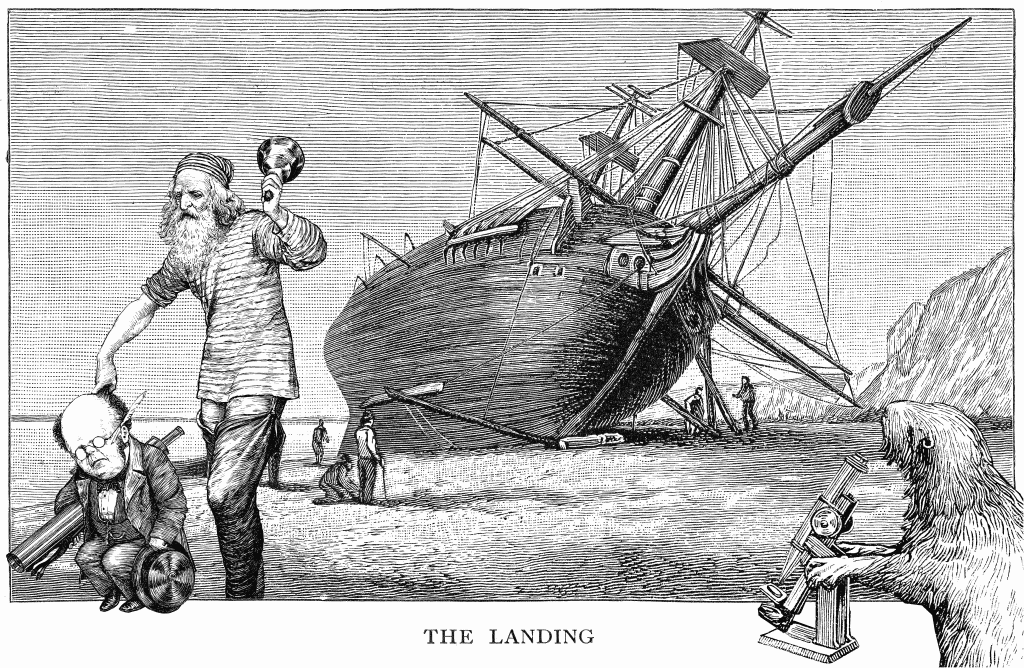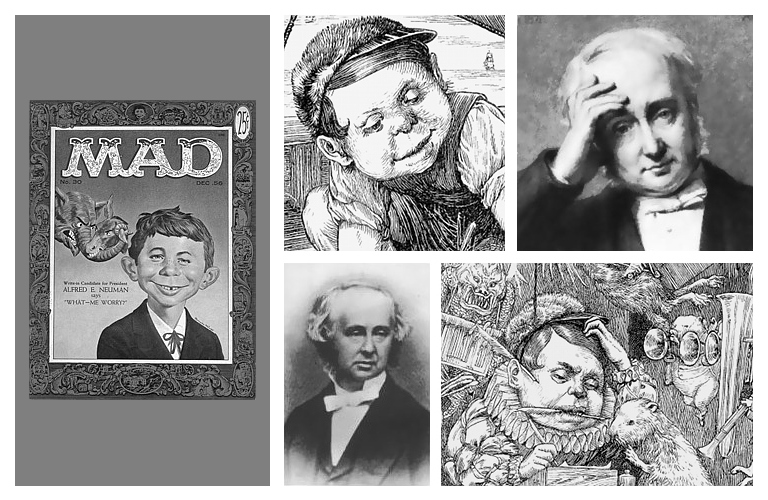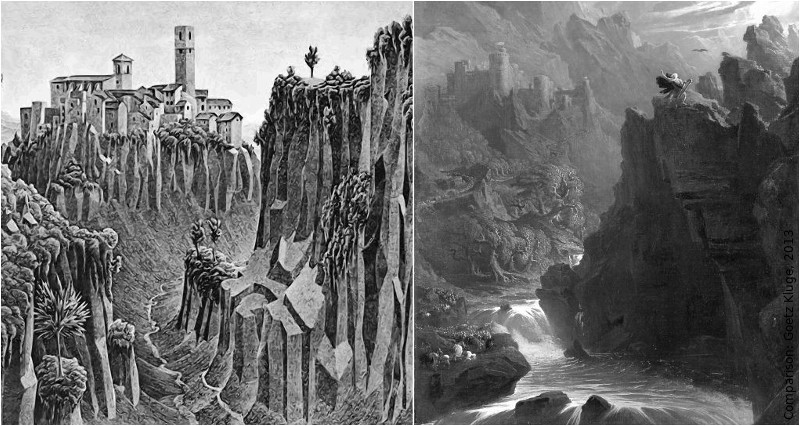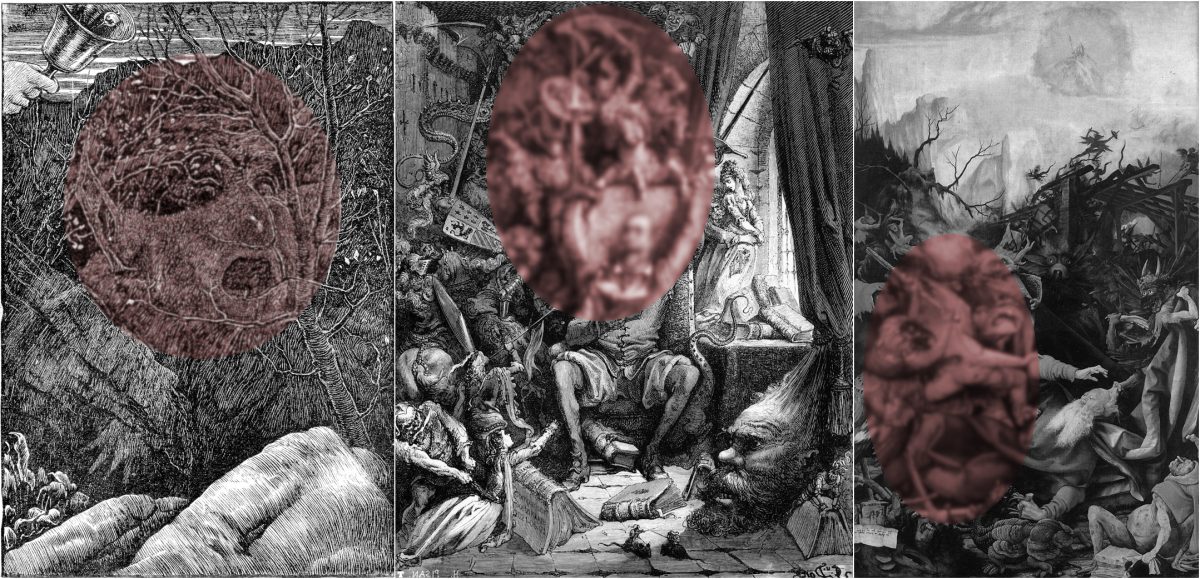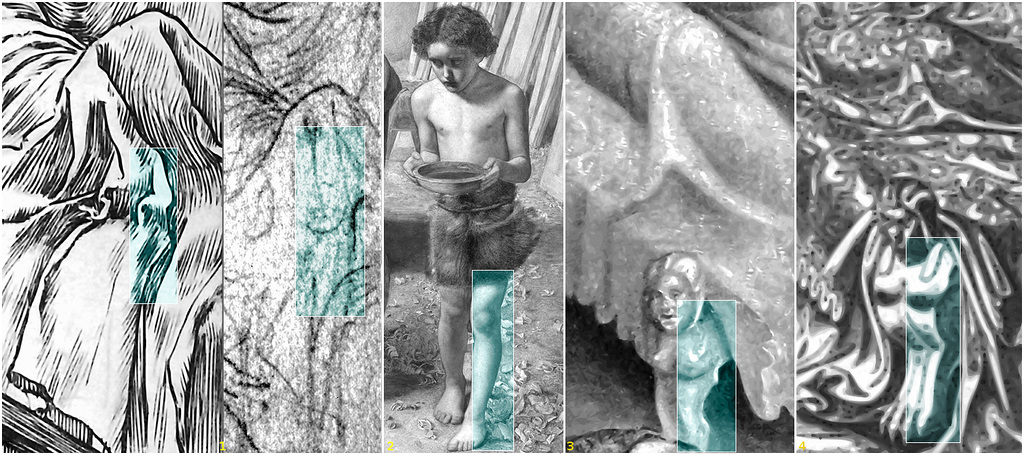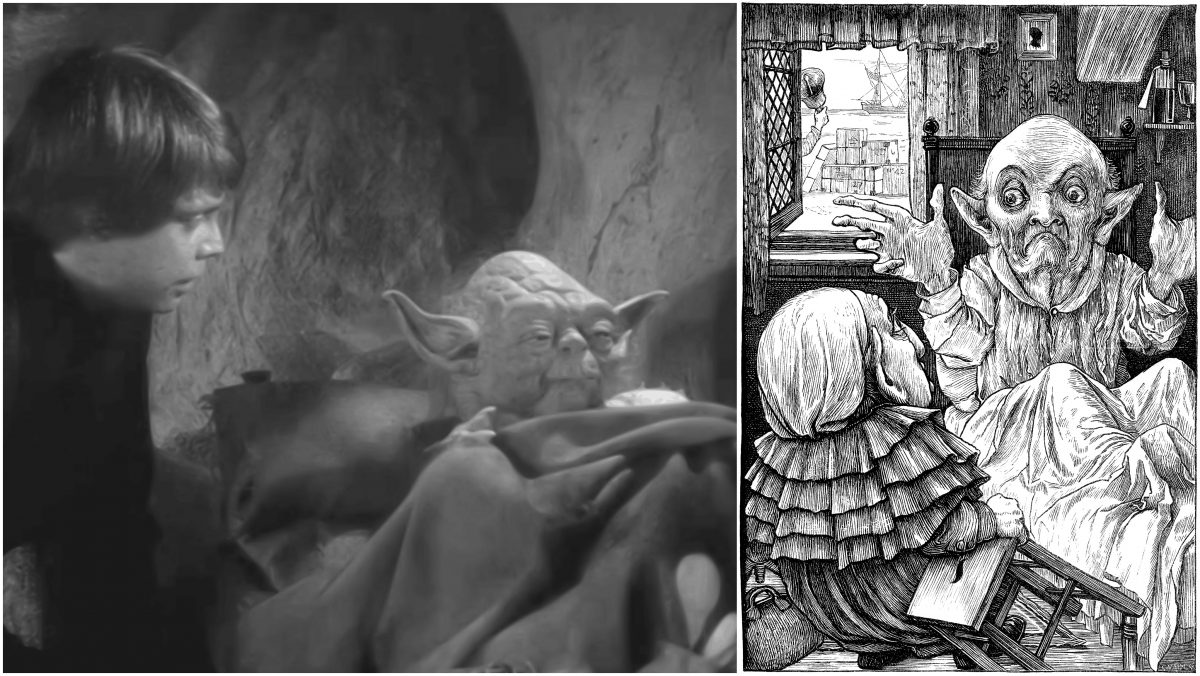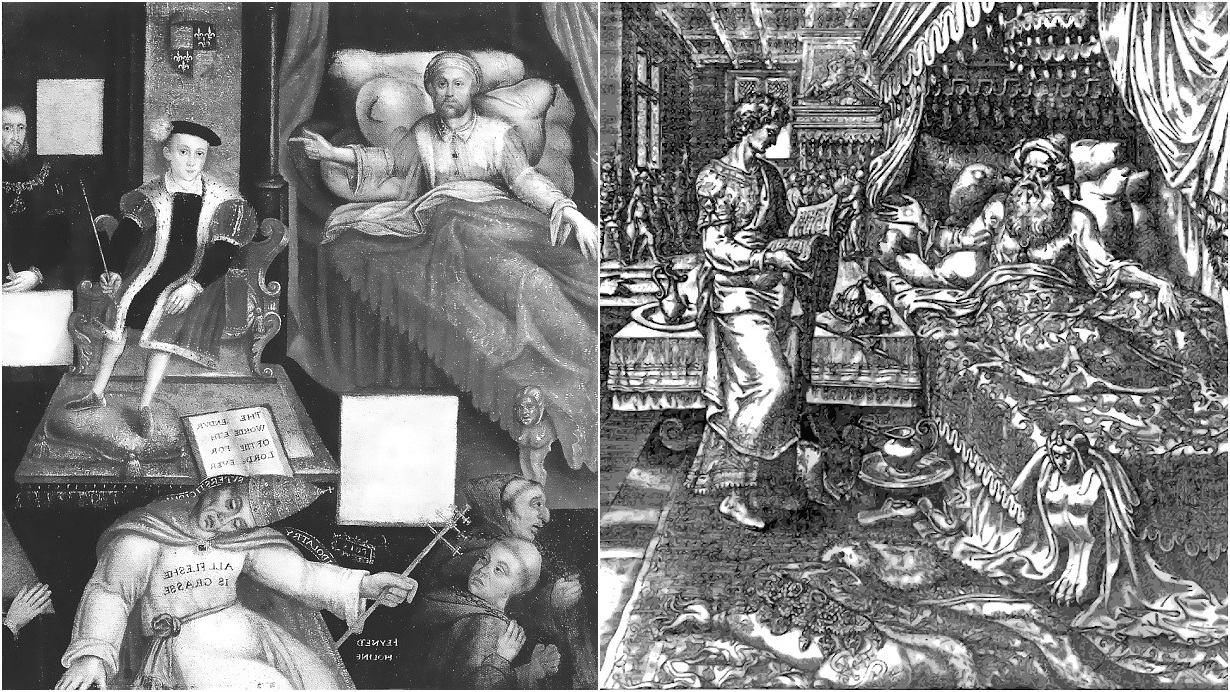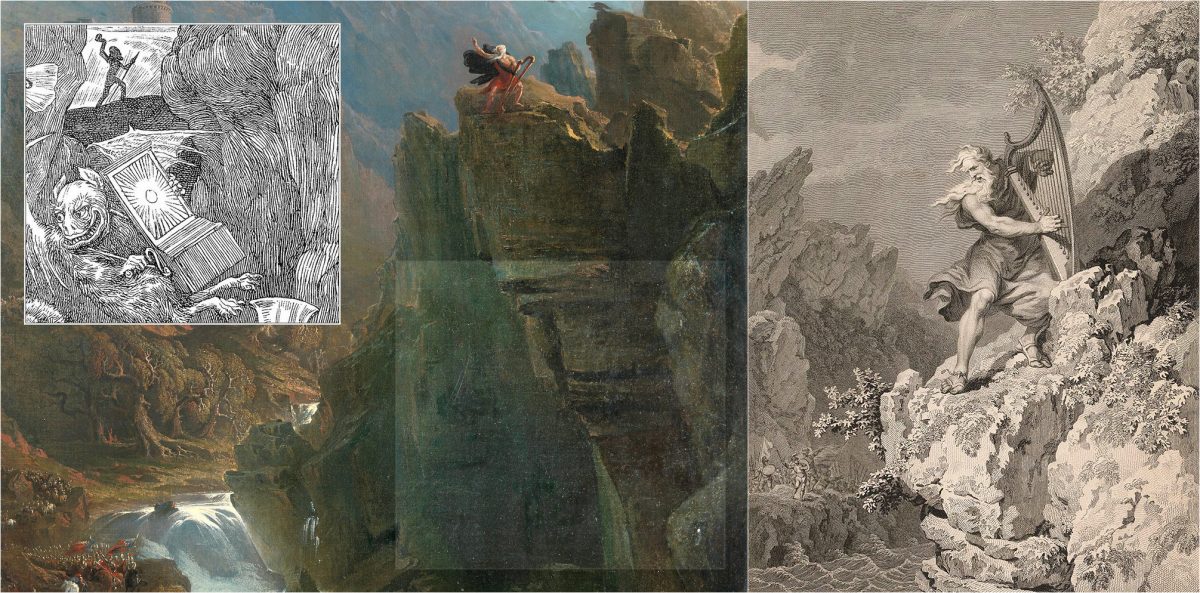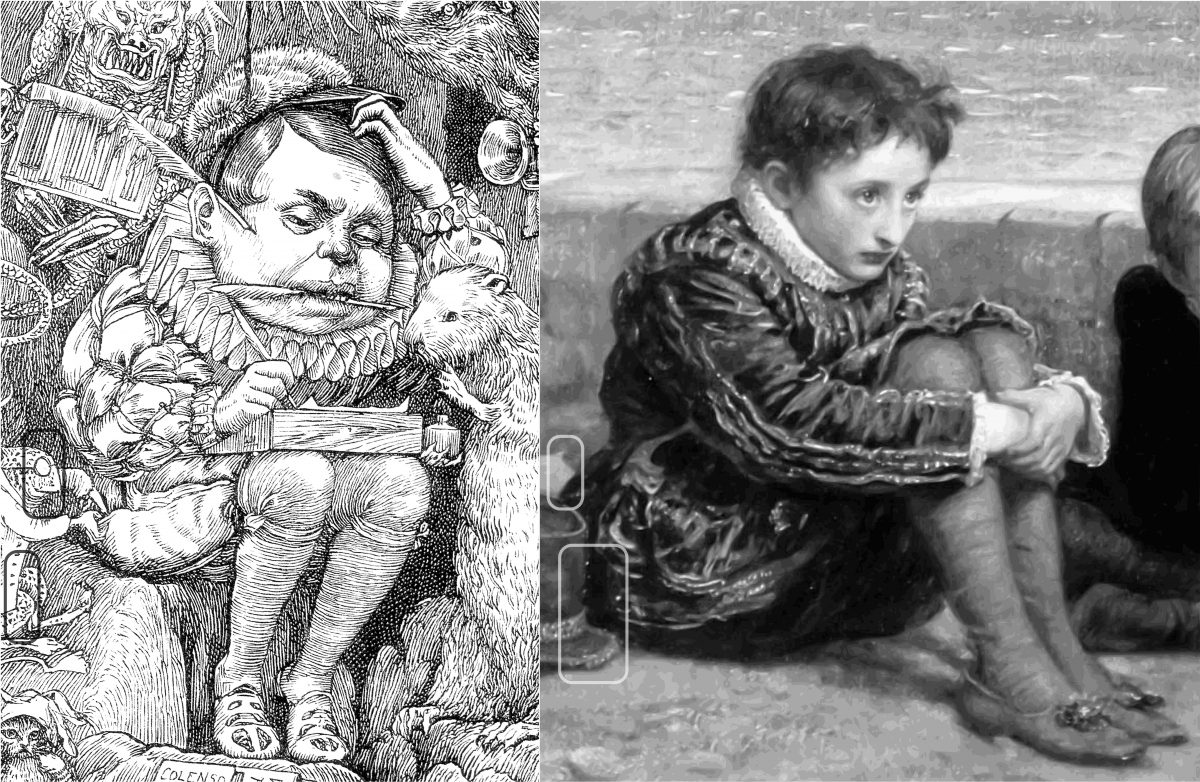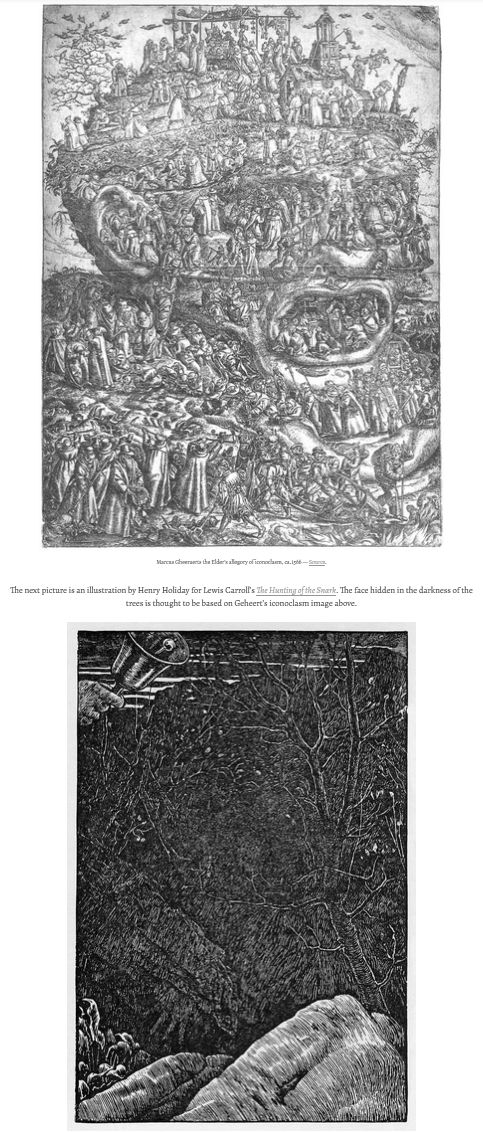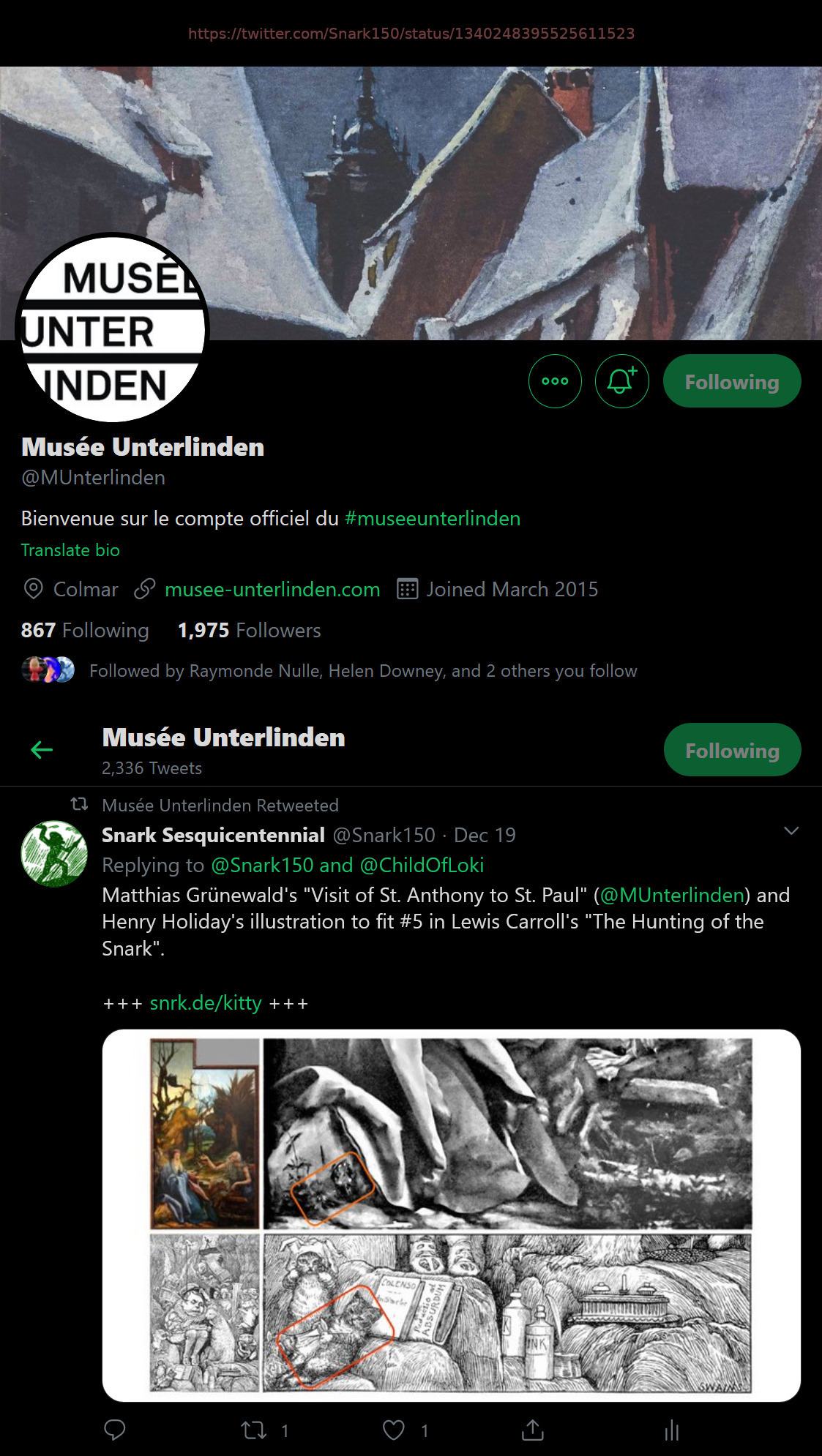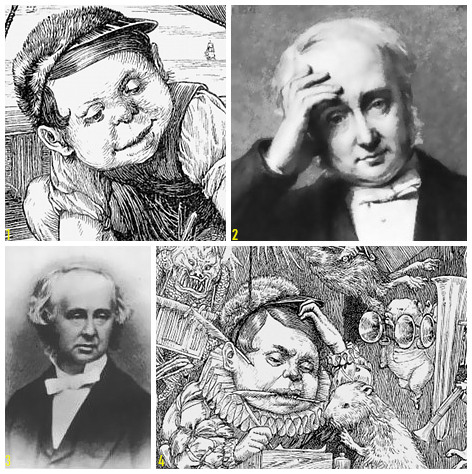
Image sources: (1, 4) Henry Holiday, (2) probably by The Autotype Company, after Désiré François Laugée, (3) from cover of Benjamin Jowett and the Christian Religion by Peter Hinchliff.
[…]
Need I rehearse the history of Jowett?
I need not, Senior Censor, for you know it.
That was the Board Hebdomadal, and oh!
Who would be free, themselves must strike the blow!
[…]
C.L. Dodgson, from Notes by an Oxford chiel (1874)
For comparison (inspired by Dodgson?):
First come I. My name is J-W-TT.
There’s no knowledge but I know it.
I am Master of this College,
What I don’t know isn’t knowledge.
Source: The Balliol Rhymes (written in the 1880s), ed. W. G. Hiscock, 2nd edn. (1939; Oxford: printed for the editor, 1955): 1-25. PN 6110 C7H5 Robarts Library (Wikipedia: In 1880, seven undergraduates of Balliol published 40 quatrains of doggerel lampooning various members of the college under the title The Masque of B–ll––l, now better known as The Balliol Masque, in a format that came to be called the “Balliol rhyme“.The college authorities suppressed the publication fiercely.)
I suggest that The Barrister’s Dream in Lewis Carroll’s The Hunting of the Snark is about E.B. Pusey’s attempt to trial Jowett for heresy at the Vice-Chancellor’s Court for unpaid bills for heresy. According to Karen Gardiner (see p. 55 below), the trial began on 1863-03-20. The judge was an academic common lawyer. Jowett’s lawyer objected to the formally civilian court being turned into something like a court of common law, which had no jurisdiction in spiritual matters. The Punch (the anonymous author Dodgson?) called it the “small debts and heresies court“. The judge disagreed, provided it could be shown that Jowett had been guilty of breaking any of the university statues. As this could not be shown, the case was dismissed. Thus, the trial was a mess like the trial in the Barrister’s dream.
“In the matter of Treason the pig would appear
To have aided, but scarcely abetted:
While the charge of Insolvency fails, it is clear,
If you grant the plea ‘never indebted.’
See also:
※ Lewis Carroll, «Take care of the sense and the sounds will take care of themselves.» in Alice’s Adventures in Wonderland
※ Lewis Carroll, «The New Method of Evaluation as applied to π», 1865
※ John Tufail, The Jowett Controversy, 2010 (document creation date)
※ Karen Gardiner, Escaping Justice in Wonderland (An adaption of a paper given at the Glasgow International Fantasy Conference 2018), published in The Carrollian No. 33 p. 47 ~ 60, March 2020 (abstract, 2018).
※ Essays and Reviews
Instagram | Reddit
2018-05-03, update: 2022-10-17

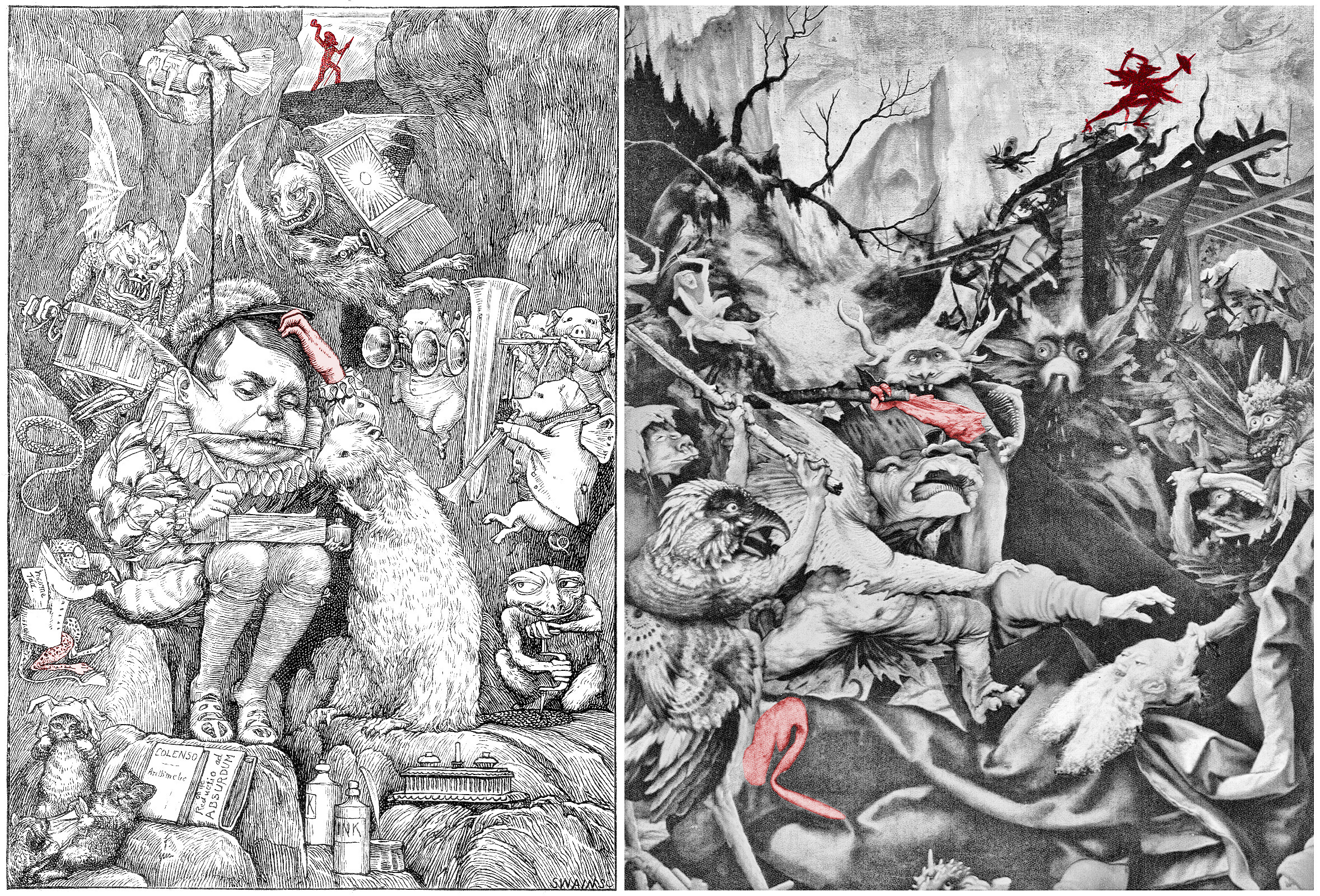
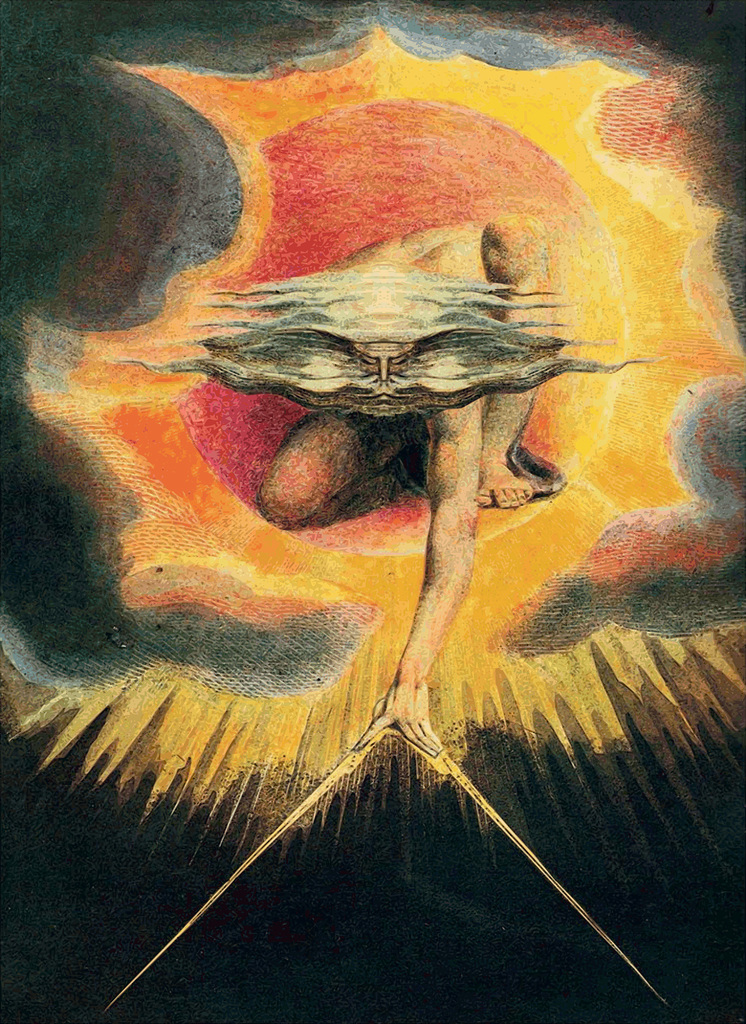
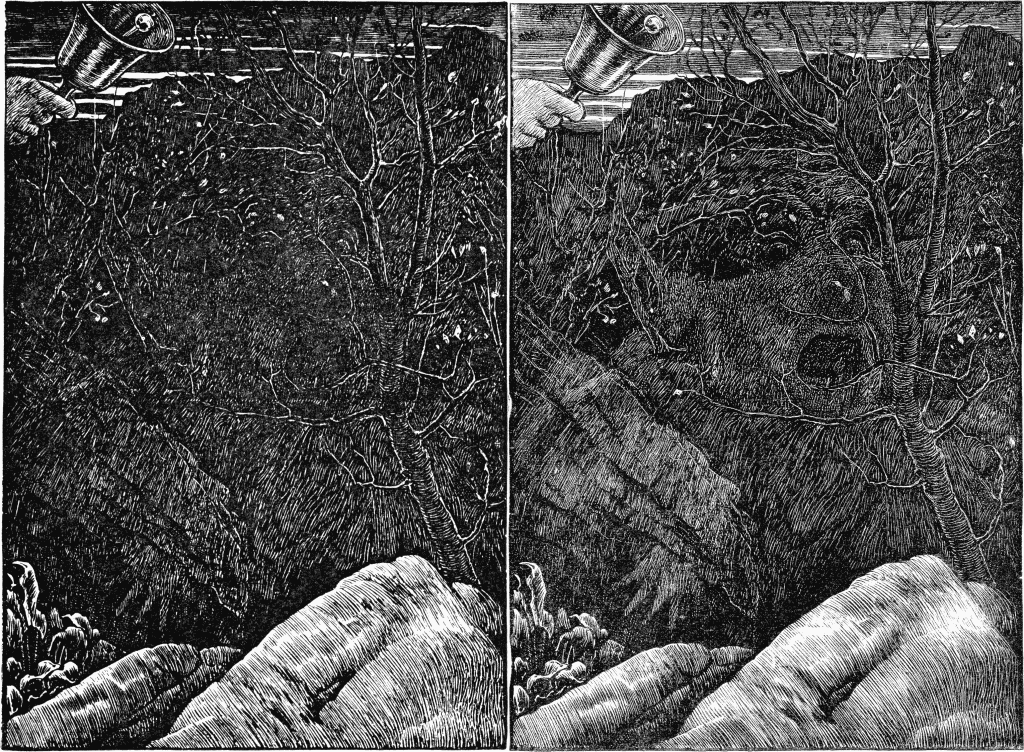
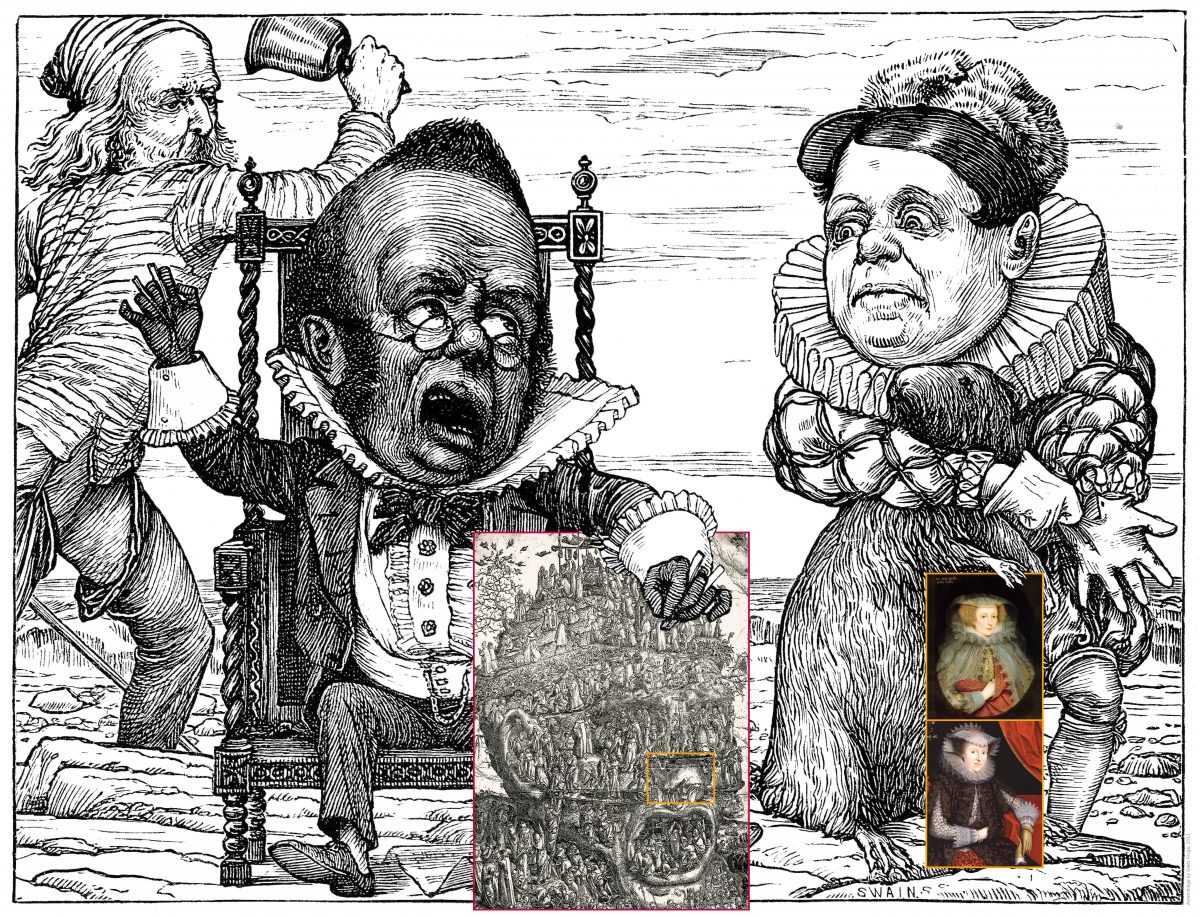

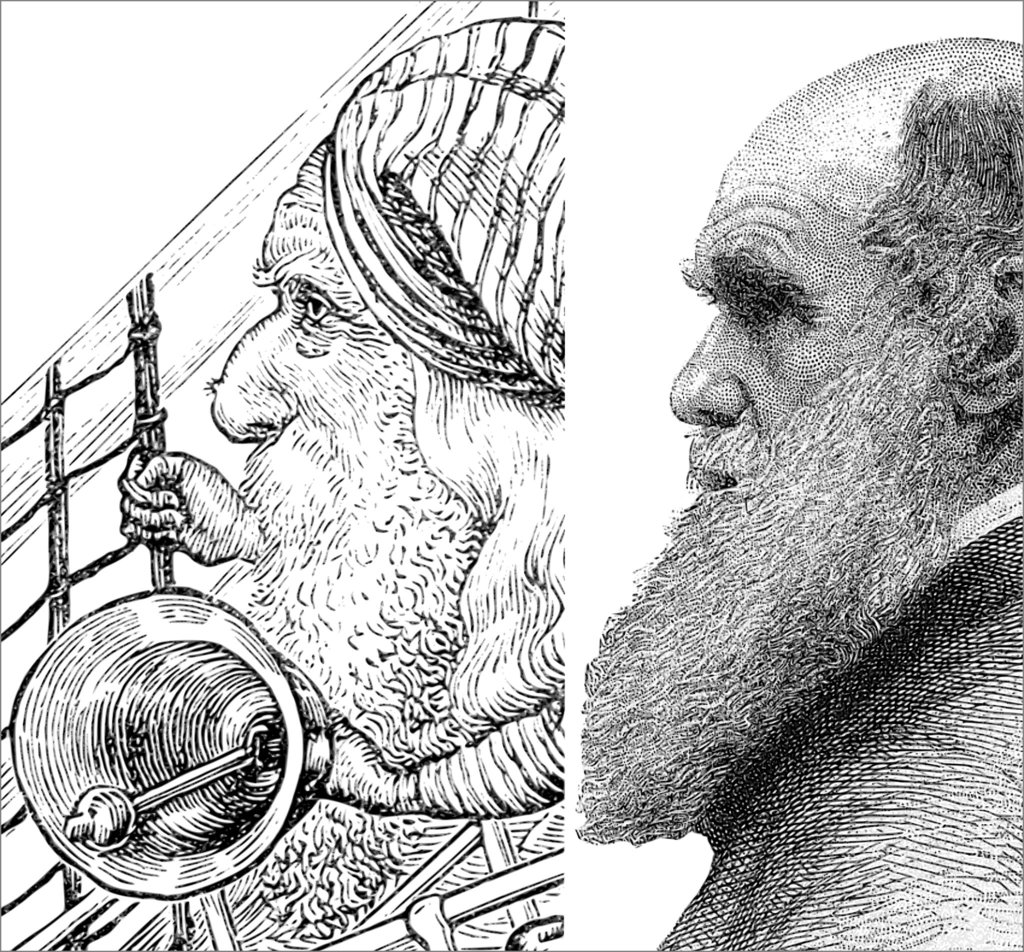
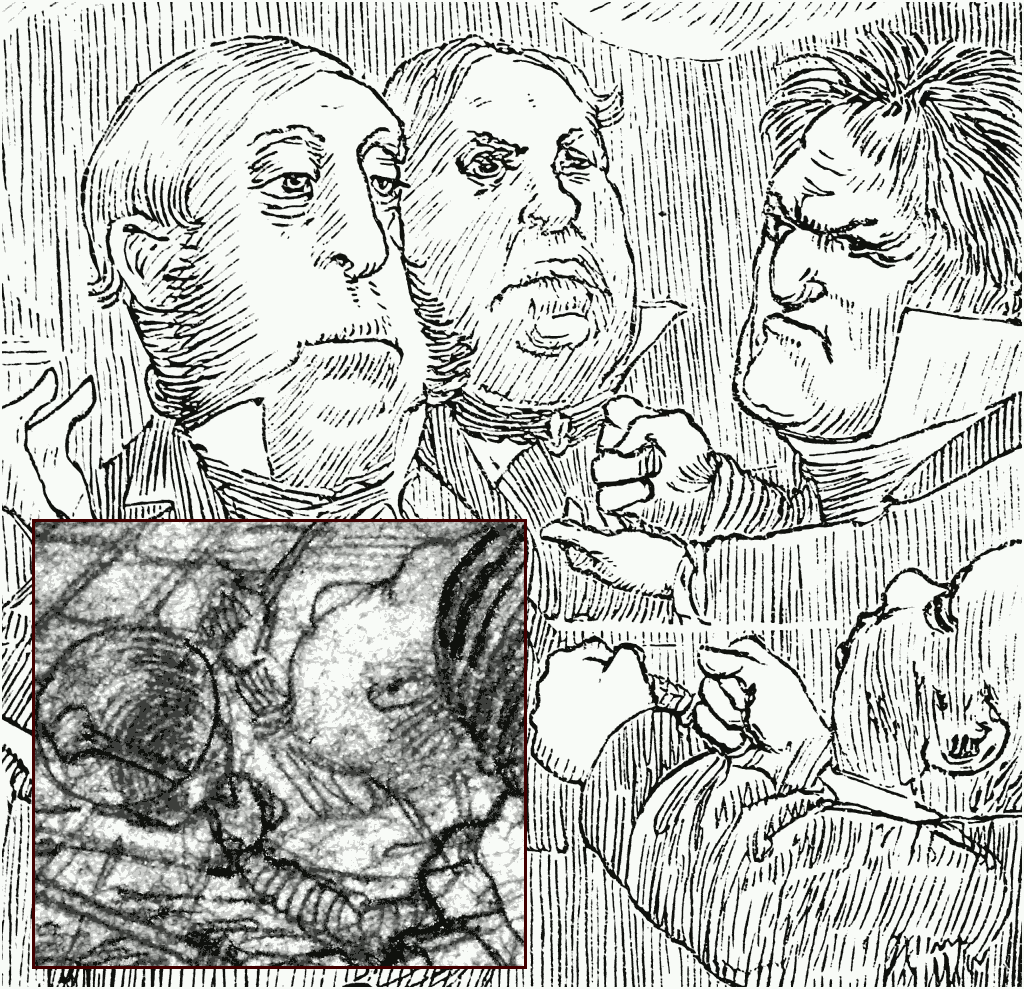
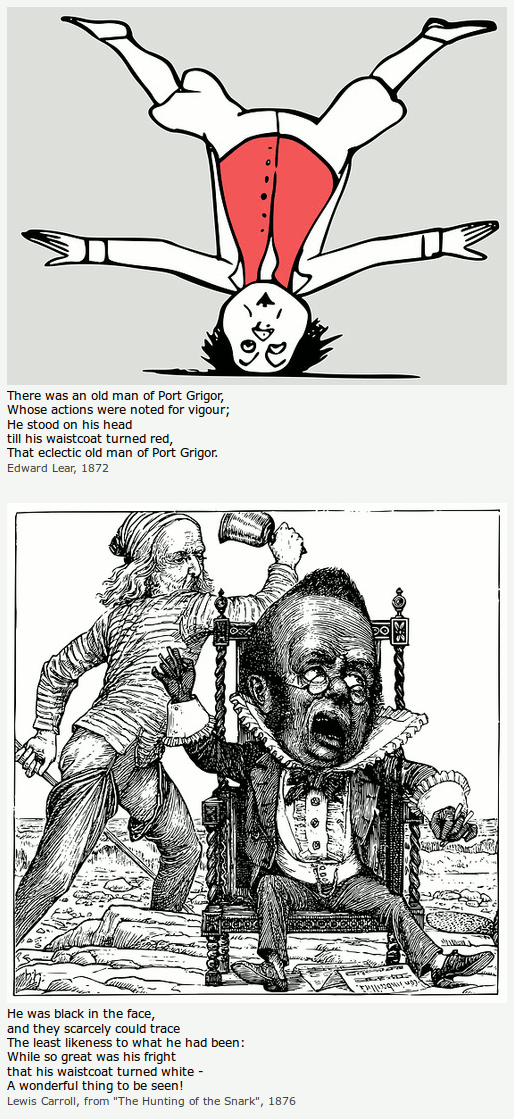 Martin Gardner annotated (
Martin Gardner annotated (
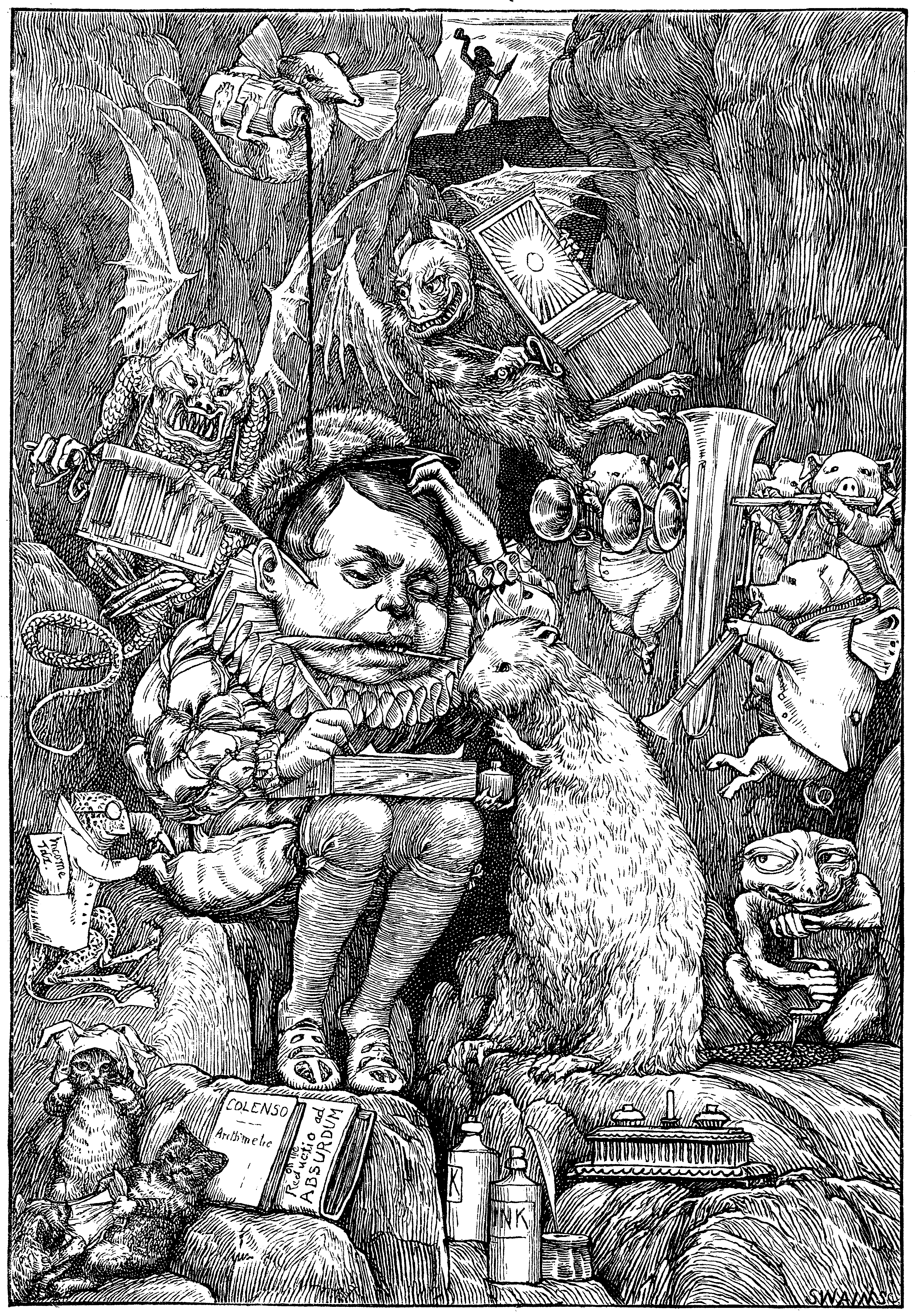
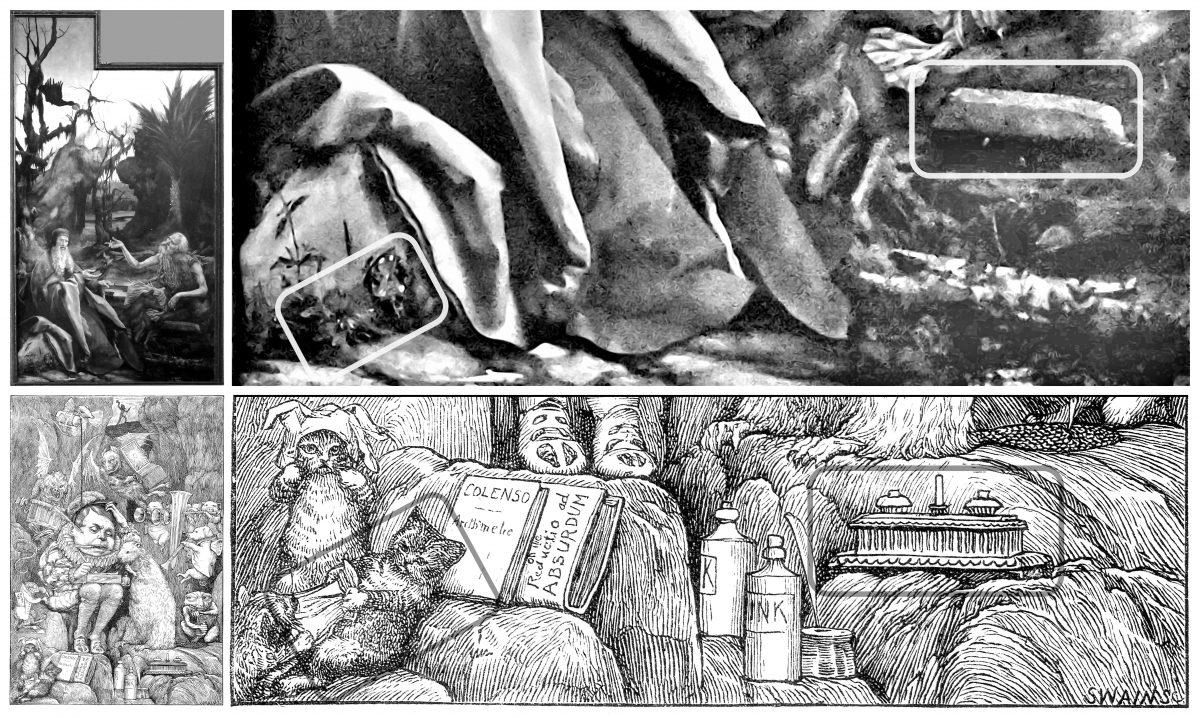
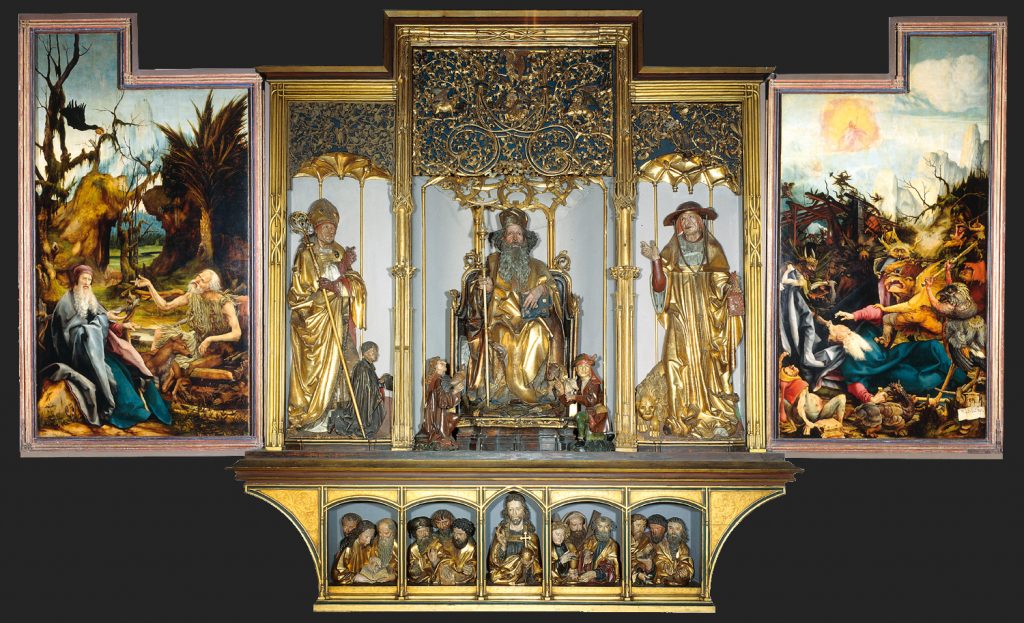
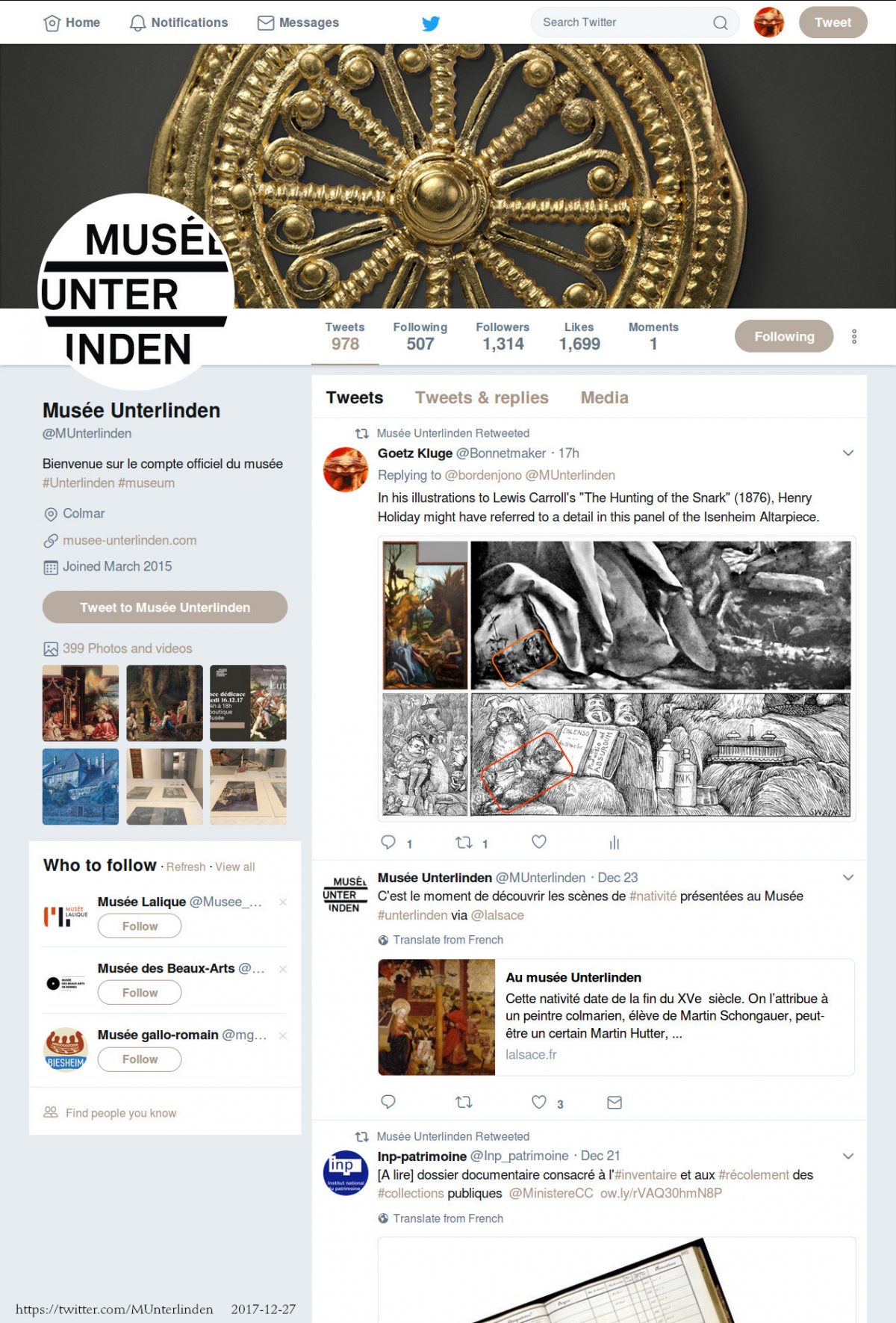
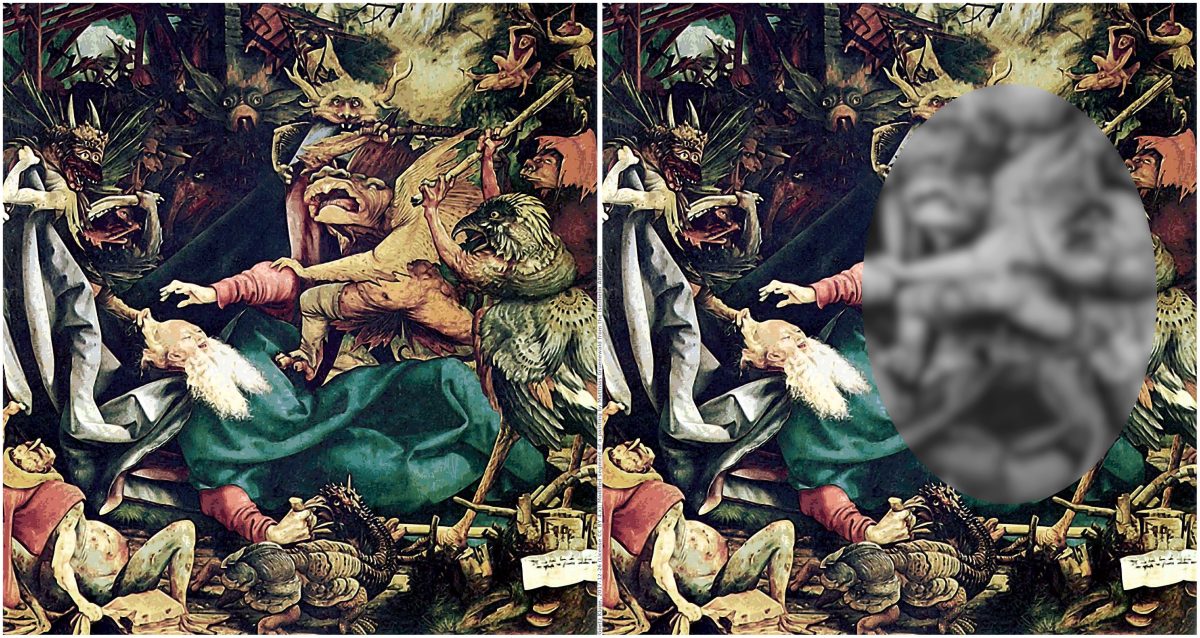
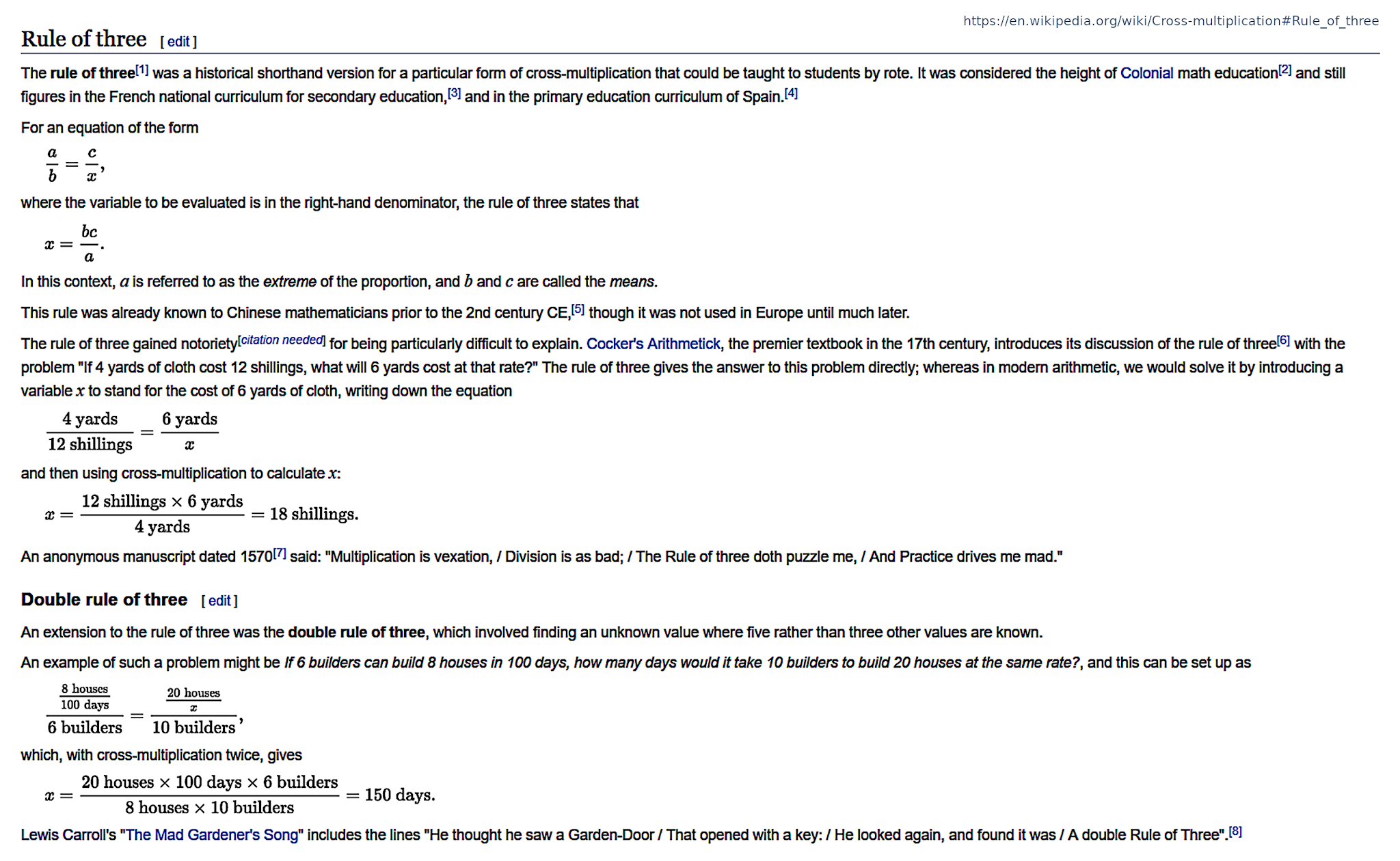
 I think that Dodgson addressed conflicts within the Curch of England and the related legal battles (see
I think that Dodgson addressed conflicts within the Curch of England and the related legal battles (see 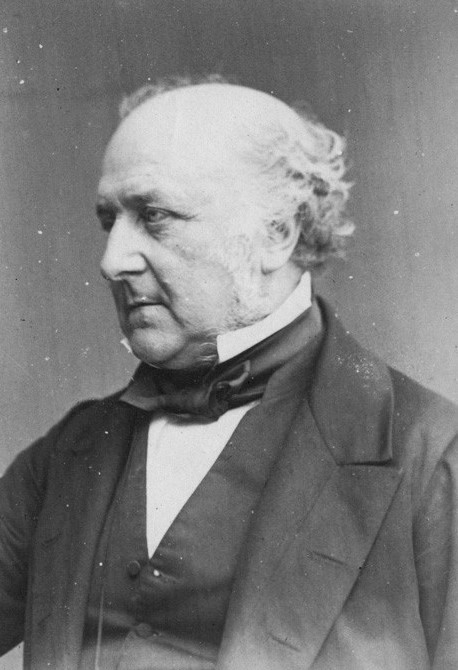 As for the looks, Richard Bethell, 1st Baron Westbury could be another candidate for Holiday’s reference.
As for the looks, Richard Bethell, 1st Baron Westbury could be another candidate for Holiday’s reference. 